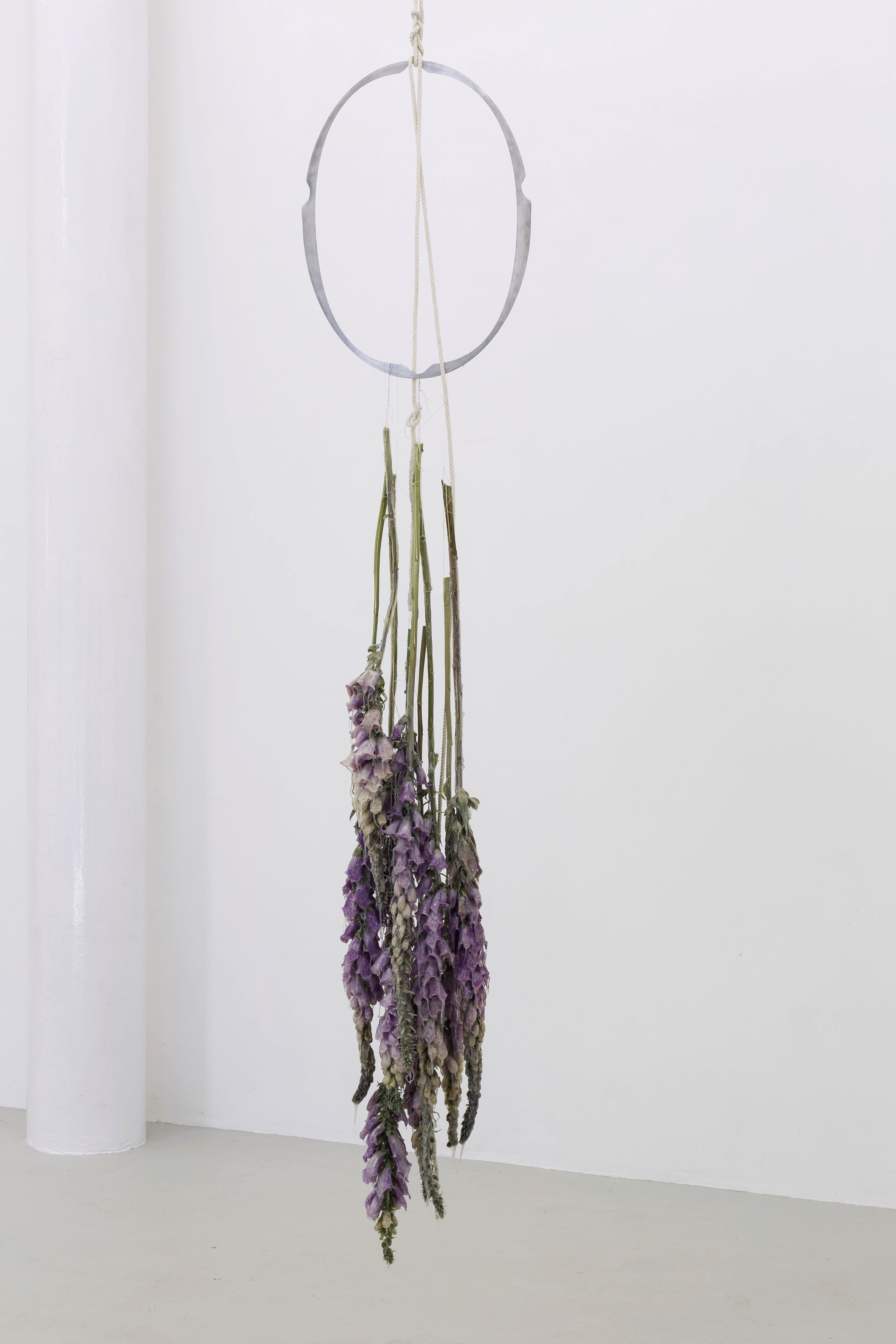
Miriam Austin’s performances often incorporate nature and nurture: blossom grows on her throat; honey cascades over her; she lies inside a fish. She believes ritual practices can really shift the way you live. Austin also makes films from the stories told—as a way to show her performative work more intimately and less theatrically—and carries the spirit over into organic sculptural forms. She slathers poisonous flowers in prosthetic silicone to monstrously gorgeous effect, picking at the connection between beauty and threat. Talking in her South London studio, Miriam explained how her New Zealand origins, engagement in collective actions and the writings of Julia Kristeva lie behind what she does.
How long were you in New Zealand?
Most of the time until I was sixteen: my father was from there but my mother was English, and they were backwards and forwards for twenty years until my mother decided to return here for good. I’m just about to start a PhD which looks back to that experience and will centre on an imagined dialogue with my great-great grandmother, who was one of the early colonists of New Zealand. The project explores the notion of kinship—intimate relatedness—as an ecological concept, using it to reconsider how we relate to the environment in the context of colonial history, globalization and climate change.
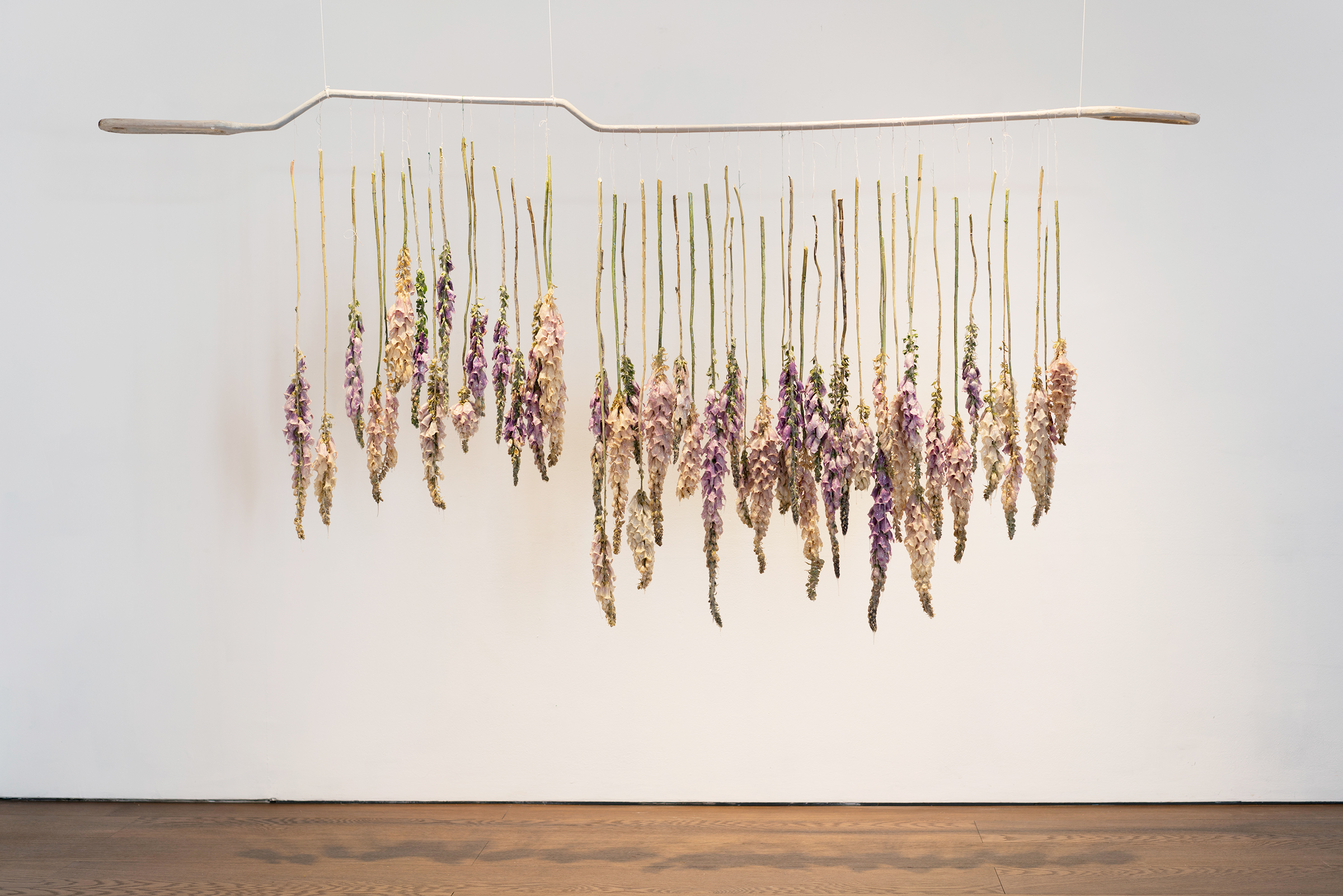
Talking of kinship, you work in a collective called SSEA. What’s that about?
It’s a collaboration which has mutated over ten years but is now called SSEA to indicate “Science Studies, Spirituality and Experimental Art”. We started by making art together, and that led to a series of experiments using narrative and live action role play (LARP) techniques. We would enact scenarios in which we related to each other in fictional set-ups, out of which we developed a set of ritual practices. During that phase of the project we were experimenting with trying to shift our experiences and sense of identity by adopting alternative characters that we constructed for ourselves, drawing on folkloric and religious figures and practices, as well as sci-fi and our own fictional worlds. Often we used the objects we made in performative actions, for example in a “baptism” for Boris, one of the group members, in Cornwall. This involved covering his head in honey and goose fat, making special garments and an enormous headdress that he wore as we processed him into the sea. There are so many forces at work in capitalist society that direct desire towards individualism and consumption—ritual can create an alternative paradigm, a collective shifting of how we inhabit our bodies and the world.
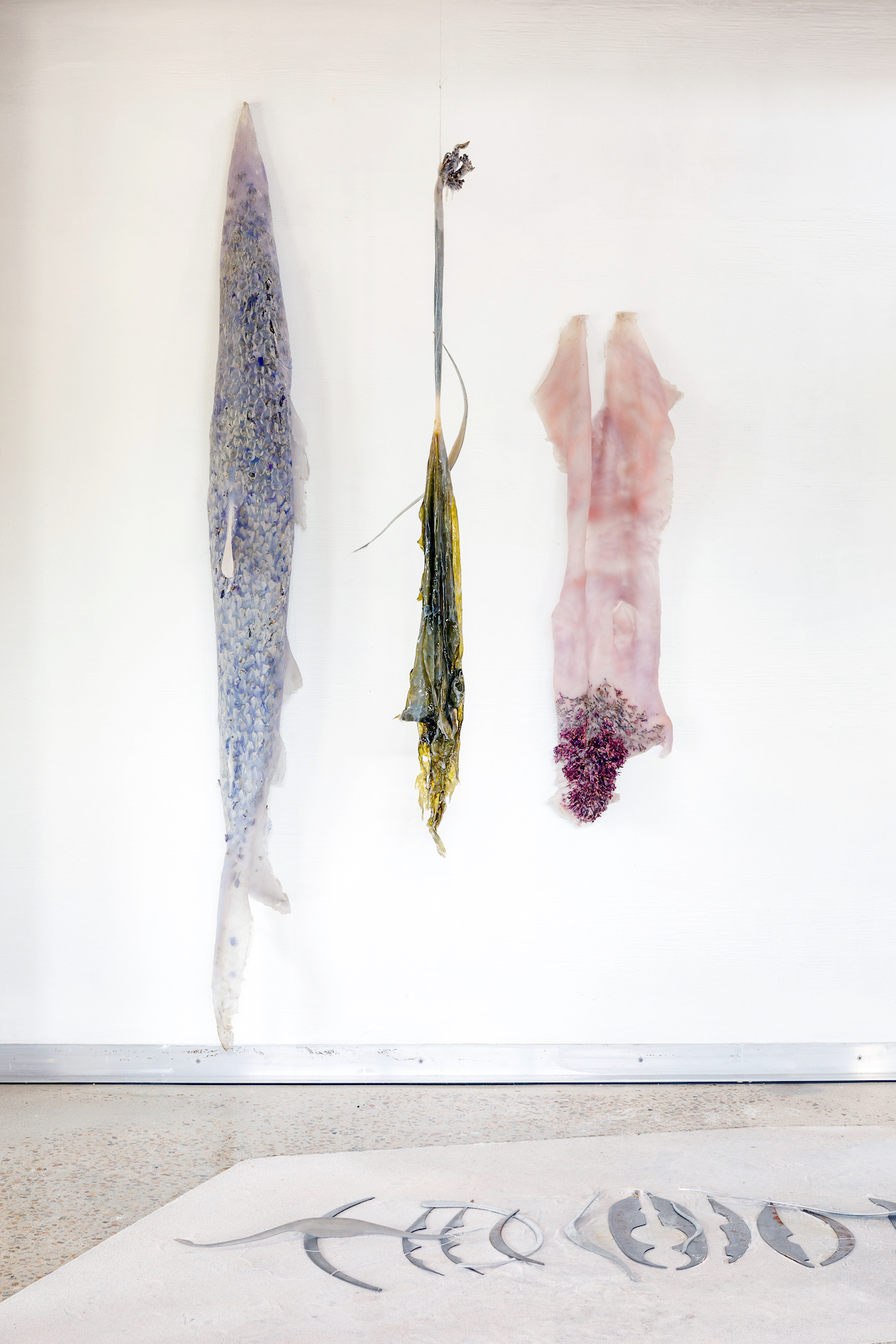
So food comes into it?
Food is an ongoing element, yes, partly from the practicalities of six or seven people going away and working together. We were also trying to develop a symbolic system, often using the materials that we found around us—specific foods, particularly coconuts, honey, salt, bread and limes—became central to this, and we started to use them repeatedly. In one LARP, we imagined ourselves returning to our teenage identities and using our recurring materials to enact a series of burials on a hill in Cumbria.
“As a student, my desk was covered with vegetables at different stages of ripeness and decomposition”
That sounds quite close to your own practice…
Yes, I have always worked with food. As a student, my desk was covered with vegetables at different stages of ripeness and decomposition, feeding into installations—which sometimes became sites for performances. I’m interested in how organic materials have a life which relates to the body, and how the processes they undergo—growth, ripening and decay—speak to our own embodied experience. I like impermanence, or inserting elements which need to be replaced or require ongoing attention.

Yet you do preserve flowers and fish after a fashion?
I don’t always try to preserve things, but I did work with latex for a long time and then prosthetic silicone—actually it was after my father died that I found I was almost manically trying to preserve things and hold them in shape. The silicone catches them somewhere between life and decay, suggesting the limits of the body’s ability to sustain itself.
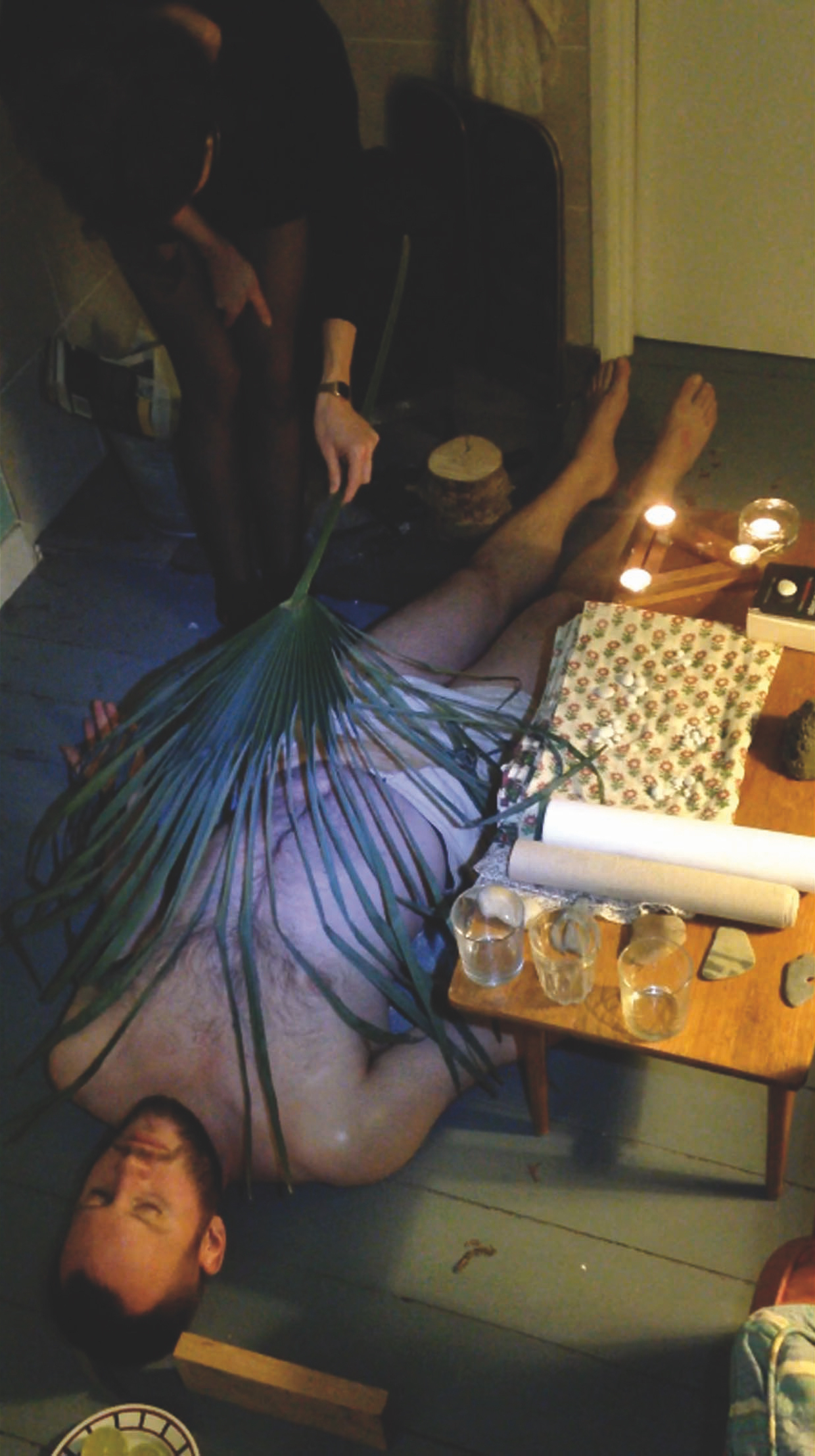
Those flowers are often beautiful but poisonous, drawing you in yet proving dangerous. Foxgloves, for example…
I have an early childhood memory of being fascinated by the beauty of large banks of foxgloves, but being told by parents I mustn’t touch them. And, as they’re prevalent in New Zealand but not native, I’m interested in the politics of how such plants have spread—the alien foxgloves, and many other species imported by European settlers, are a real threat to the native ecological system. They link to what it is to be out of place, and to find a place as an immigrant—or colonist.
So they poison the landscape. How do they operate as poison in your art?
I sometimes think about poison as “too much” of something or “something out of place” that might overlay or push out other elements. Extracts from foxgloves are used as a medicine to regulate the heartbeat, but if you eat too much you’ll probably die of a heart attack. My use of poisonous plants embodies an experience of consumption as something that infiltrates the body or threatens its boundaries.
“We try to shore up our sense of identity by excluding that which we determine as other”
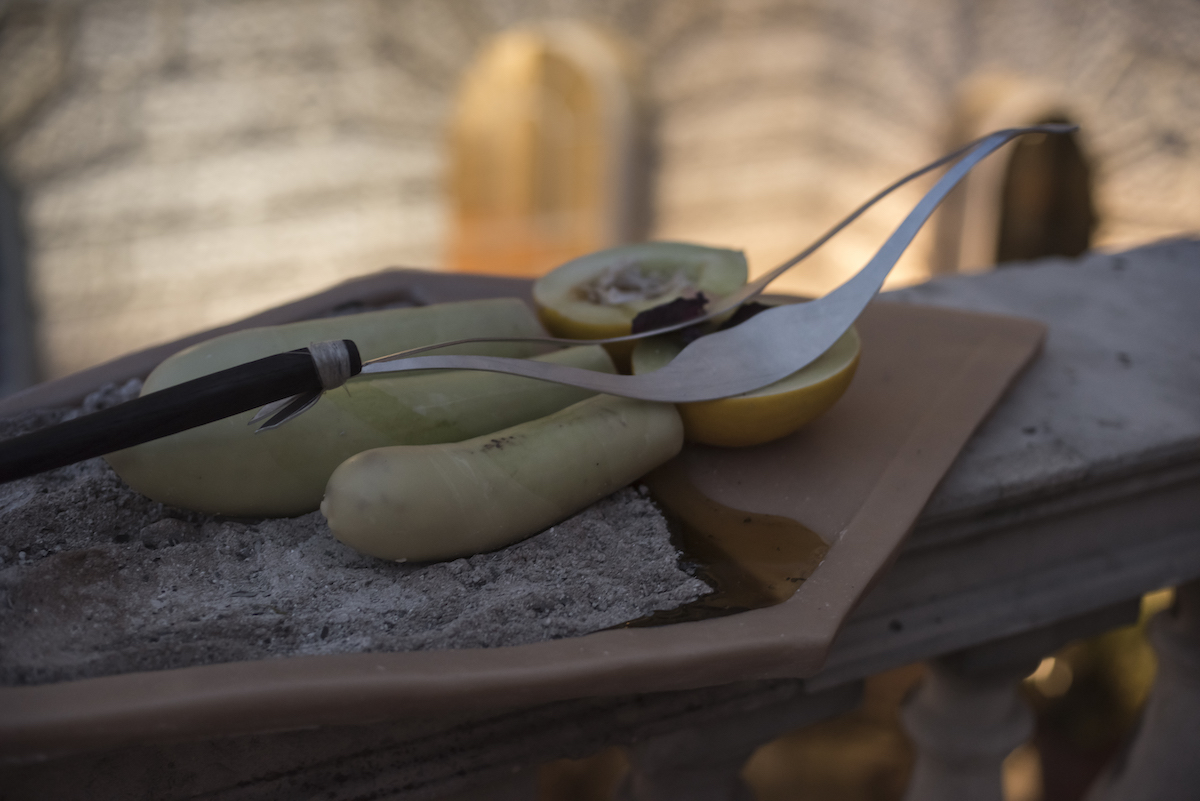
Does that play into a broader context?
The encounter with food might speak both of the power of personal desire or revolt, and also more broadly about our social experience of how we can think through very physical responses, e.g. to people who threaten our sense of identity or cultural norms. Julia Kristeva draws out those relationships in “Powers of Horror—An Essay on Abjection” (1982). She talks about how we’re profoundly threatened by things that have emerged from the body, but are no longer part of it—like vomit or shit. She cites food which has tipped over towards decay, and our response if we accidentally consume something which has gone mouldy—and reads that across to how we respond to otherness in society, how certain elements become excluded. Kristeva says the abject is that which threatens identity, system or order. We try to shore up our sense of identity by excluding that which we determine as other.
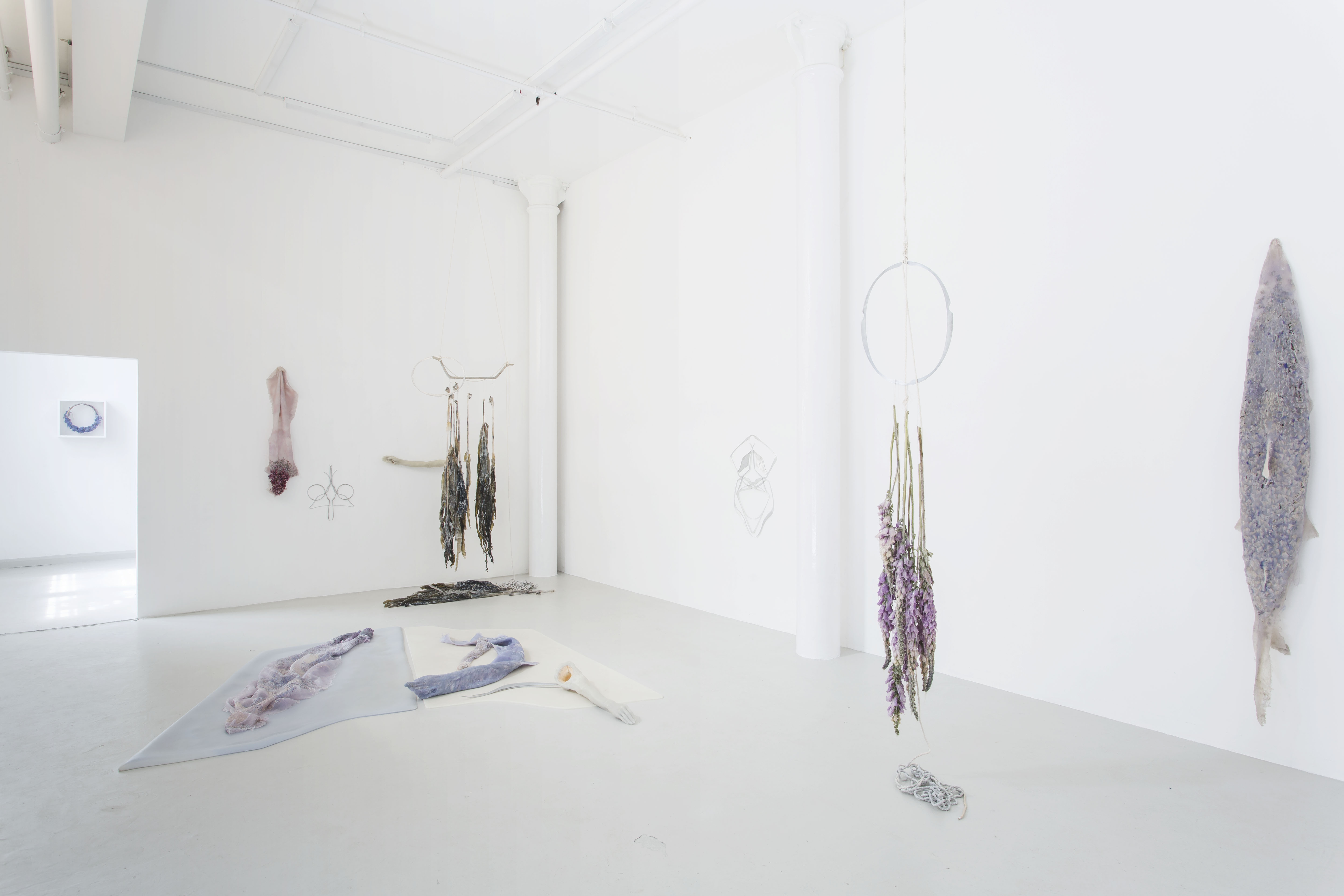
You’ve shown recently—Gimmel—with Bosse & Baum. What next?
I’ll have a project in my studio building—The Old Police Station—as part of the Deptford X, and I’m developing a project with SSEA that will be shown as part of Art Licks weekend, both in October.





